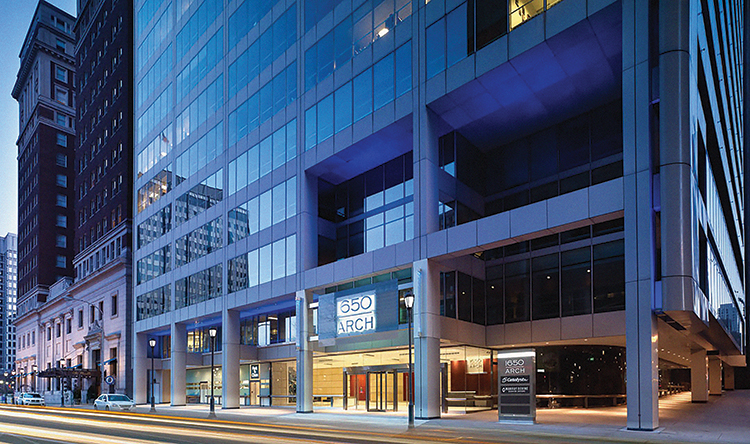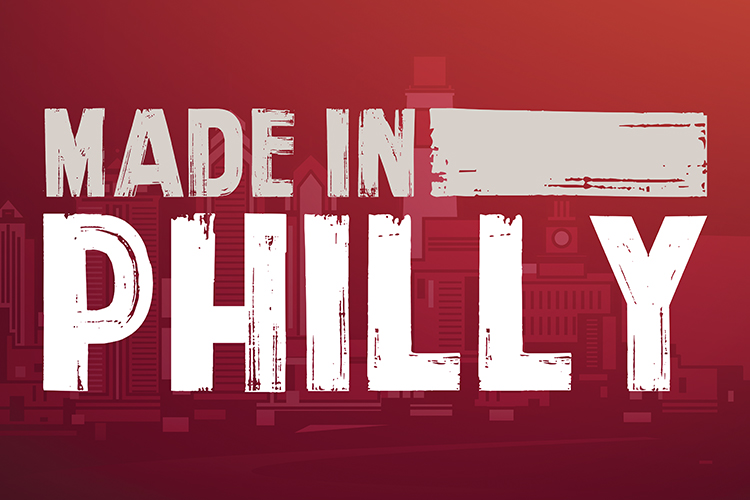Since 2008, Revolution Recovery has
– Kept 63000 tons out of landfills
– Added 38 green jobs to the local economy
– Completed waste management for 250 LEED projects
At Revolution Recovery, founders and co-owners Avi Golen and Jon Wybar are reinventing the construction waste recycling industry.
“They’re light years ahead of other companies in terms of the way they’re thinking about reuse and recycling,” says Sandy Wiggins, a veteran in the green real estate development and construction industries. “[They’re] also extremely effective at it.”
The high school friends have been in business together since the early 2000s, when Golen pitched the idea in response to watching the building boom send an overload of materials to landfills. “There was no real care for what was left at the site or what was ordered,” says Golen. “As long as there was enough material at the site to keep the people moving, it didn’t matter what was trash.”
Revolution Recovery is seen as an innovator—a pioneer in the construction waste recycling business. They received the first permit to recycle drywall in Pennsylvania and their business has grown significantly from there. Some waste is sorted at the construction site into separate Dumpsters, but most is delivered to their Northeast Philadelphia facility mixed together. With a new, state-of-the-art sorting system, waste is sorted into 40 different material types; about 80 percent is recovered.
Along with finding local markets for recyclables, Revolution Recovery is adding more jobs to the economy than traditional waste companies—a full-time job for every 5 tons taken in compared with one for about every 300 tons, explains Wybar.
“I see Revolution Recovery on about 50 percent of the LEED projects in the Delaware Valley,” says Scott Kelly, co-founder of Re:Vision, a Philadelphia- and Berkeley, Calif.-based architecture, planning and consulting firm committed to sustainable building and design. “If it’s a LEED project, there’s a good chance Revolution Recovery is dealing with the waste.”
Story by: Liz Pacheco
For more information, visit revolutionrecovery.com.




